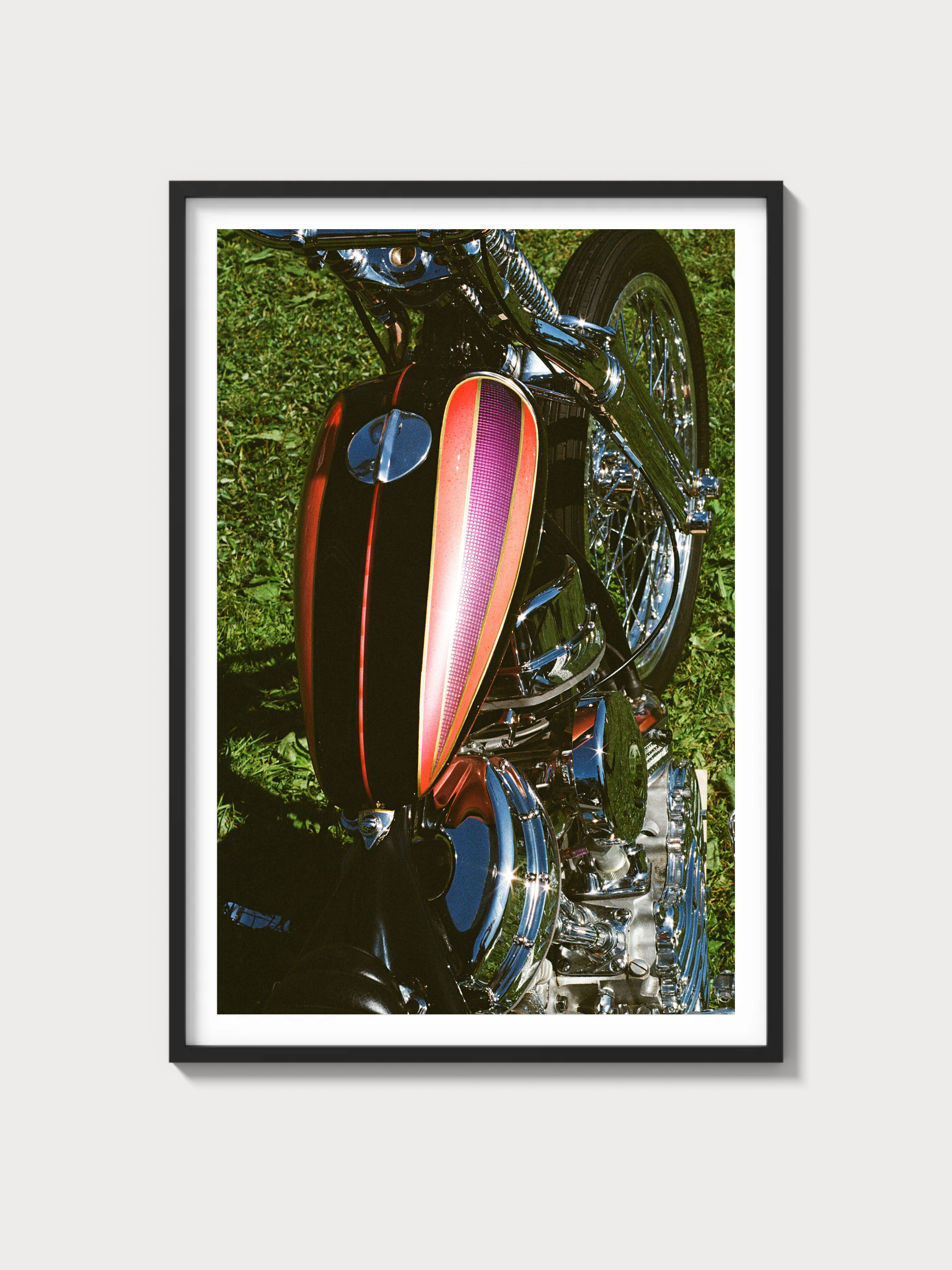The 1993–1995 Ford F-150 SVT Lightning: A Performance Icon in the Truck World
Historical Context and Development Background
Introduced in 1993, the Ford F-150 SVT Lightning was a groundbreaking addition to the ninth generation of the F-Series. Developed by Ford's Special Vehicle Team (SVT), the Lightning was designed to combine the practicality of a full-sized pickup with the performance of a sports car. At a time when pickup trucks were primarily utilitarian, the Lightning offered enthusiasts a chance to own a high-performance vehicle that could also perform everyday tasks.
Ford aimed to carve out a niche in the burgeoning performance truck market, with the Lightning competing directly against Chevrolet's 454 SS and Dodge's Ram SRT-10. Drawing from its rich motorsport heritage, Ford infused the Lightning with performance-oriented engineering, setting a new benchmark for performance trucks.
Engine and Technical Specifications
| Specification | Details |
|---|---|
| Engine Configuration | V8 |
| Displacement | 5.8L (351 cubic inches) |
| Horsepower | 240 hp @ 4,200 rpm |
| Induction Type | Natural Aspiration |
| Redline | 5,200 rpm |
| Fuel System | Electronic Fuel Injection |
| Compression Ratio | 8.8:1 |
| Bore/Stroke | 4.00 in / 3.50 in |
Driving Experience and Handling Dynamics
The Lightning's driving experience was characterized by its robust V8 engine and well-tuned suspension. The truck's handling dynamics were refined, with the SVT team implementing a specially tuned suspension setup that included Monroe Formula GP shock absorbers and front and rear anti-roll bars, providing a balance between performance and comfort. The 4-speed automatic transmission delivered smooth shifts, complementing the engine's torque-rich power delivery. The precise throttle response and confident braking system made the Lightning not just quick in a straight line but agile around corners as well.
Full Performance Specifications
| Performance Metric | Specification |
|---|---|
| 0–60 mph | 7.2 seconds |
| Top Speed | 110 mph |
| Quarter-Mile | 15.6 seconds |
| Weight | 4,670 lbs |
| Layout | Front-engine, rear-wheel drive |
| Brakes | Disc (front), Drum (rear) |
| Suspension | Independent front suspension, solid axle rear |
| Gearbox Type | 4-speed automatic |
Variant Breakdown
- 1993 Production: 5,276 units
- 1994 Production: 4,007 units
- 1995 Production: 2,280 units
The SVT Lightning was offered in a limited number of trims, primarily differentiated by paint colors such as Bright Red and Oxford White. No major mechanical differences were present across the years, maintaining a consistent performance package throughout its production run.
Ownership Notes
Ownership of the SVT Lightning requires attention to its maintenance needs, with parts availability being relatively robust thanks to its shared components with other Ford models of the time. Restoration difficulty is moderate, with the most challenging aspects often being the sourcing of specific SVT components and maintaining the originality of the vehicle. Regular service intervals should be adhered to, particularly concerning the engine and suspension components to preserve the vehicle's performance characteristics.
Cultural Relevance
The Lightning has cemented its place in automotive history, appearing in various media and gaining recognition as a collector's item. Its desirability has been reflected in auction prices, which have steadily risen as enthusiasts seek to own a piece of Ford's performance legacy. Despite not having a direct racing pedigree, the Lightning's influence on the performance truck segment is undeniable.
FAQs
Is the 1993-1995 Ford F-150 SVT Lightning reliable? Generally, yes, provided it is well maintained. Regular servicing is key.
What are the known problems of the Lightning? Common issues include electrical system faults and wear on suspension components.
How does the Lightning's value trend? Its value has been appreciating, especially for well-maintained, low-mileage examples.
What engine does the Lightning have? It features a 5.8L V8 engine producing 240 horsepower.

















































